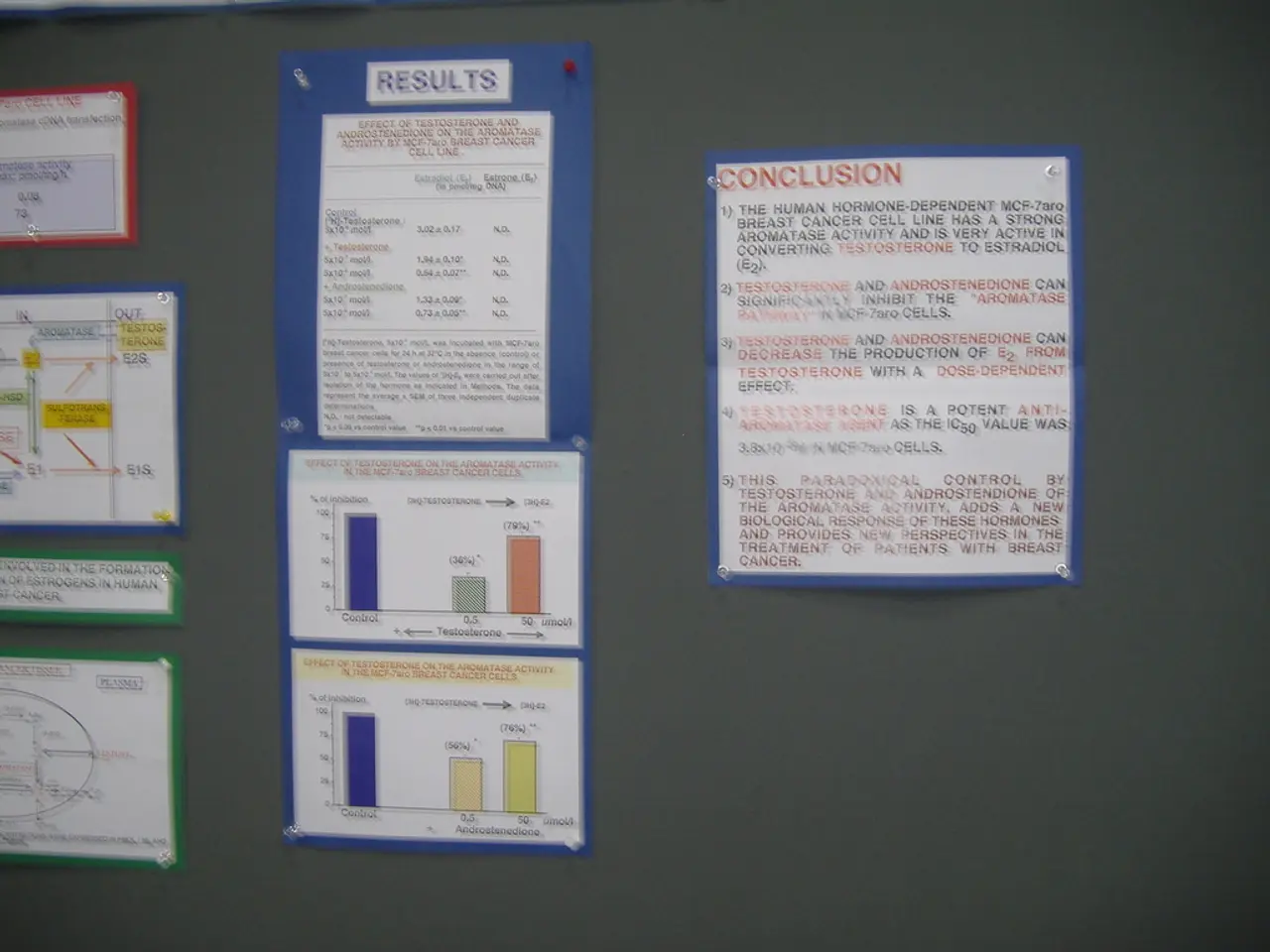Strategies to Avoid the Marketing of Climate Policies
In the ongoing battle against climate change, two primary strategies have emerged as potential solutions: carbon taxes and cap-and-trade systems. These mechanisms aim to reduce greenhouse gas (GHG) emissions by providing economic incentives for companies to adopt cleaner technologies. However, as with any policy, these systems come with their own set of challenges.
Benefits of Carbon Taxes and Cap-and-Trade Systems
Both carbon taxes and cap-and-trade systems offer unique advantages. A carbon tax sets a clear, fixed price per ton of emitted CO2, giving companies certainty about the cost of pollution and incentivizing emission reduction by making polluting activities more expensive. On the other hand, cap-and-trade establishes a limit on total emissions and allows trading of emission allowances, giving companies flexibility to reduce emissions in the most cost-effective way. Both mechanisms internalize environmental costs into business operations, leading to strategic investments in energy efficiency and renewable energy.
The revenue generated from these systems can be used for climate justice initiatives, renewable energy investments, tax reductions, or returned to citizens as dividends, which can boost public acceptance and promote further emissions cuts.
Challenges of Carbon Taxes and Cap-and-Trade Systems
Despite their benefits, both carbon taxes and cap-and-trade systems face significant challenges. A carbon tax may face political resistance since it is a direct tax and changing the tax rate requires complex policy adjustments. Cap-and-trade, on the other hand, requires setting an appropriate emissions cap; if set too high, it may fail to reduce emissions sufficiently; if too low, it may cause economic hardship. Both systems face questions over how to allocate or distribute revenue fairly.
Cap-and-trade prices can fluctuate due to supply and demand, introducing market uncertainty for businesses, whereas carbon tax prices are fixed, which may be less flexible in adapting to changing conditions. Monitoring, reporting, and verifying emissions accurately is essential but can be administratively complex.
A Balance of Incentives and Disincentives
According to climate economist Gernot Wagner, finding a balance between "carrots and sticks" (incentives and disincentives) is key to paying for decarbonization. This balance can help ensure that the transition to renewable energy is both effective and politically viable.
The Canadian Context
In Canada, the implementation of a carbon tax or cap-and-trade system has been a point of contention. The proposed consumer levy on CO2 emissions has been met with disinformation and personal attacks against its main architect, Catherine McKenna. Conservatives argue that it drives up gas and heating prices during a cost-of-living crisis. However, McKenna has suggested that if there are no incentives for consumers through a carbon price, the government should ratchet up against big polluters.
Despite the political challenges, Canadian Prime Minister Mark Carney has kept the carbon price for heavy emitters like oil, gas, and cement. Ahead of the Canadian elections, Carney talked about using money from industrial carbon pricing to subsidize things like switching to electric vehicles and heat pumps.
The German Context
In Germany, the implementation of policies to encourage the adoption of renewable energy and climate-friendly technologies has also been fraught with challenges. For instance, heat pump costs were inflated to €30,000 and installation took 18 days due to the percentage-based structure of the subsidy. Barbara Metz, executive director of the NGO Environmental Action Germany, advocates for a fixed-price subsidy for heat pumps to bring costs in line with other countries.
However, the policy's projected costs and a proposed ban on new fossil fuel heaters caused serious backlash. By 2050, damages and lost income from climate disasters could reach $38 trillion annually. The cost of transitioning to renewable energy is approximately $2 to 4 trillion annually globally. A fixed-price subsidy for heat pumps, according to Metz, would speed up installations and halve taxpayer spending.
In conclusion, both carbon taxes and cap-and-trade systems have the potential to effectively reduce emissions if well designed. The choice between these mechanisms depends on the political, economic, and administrative context. As the world grapples with the escalating costs of climate change, finding the right balance between incentives and disincentives will be crucial in ensuring a smooth transition to a sustainable future.
| Aspect | Carbon Tax | Cap-and-Trade | |-----------------------|---------------------------------------|--------------------------------------| | Price/Quantity Control | Fixed price on emissions | Fixed cap on emissions with fluctuating allowance prices | | Certainty | Price certainty | Quantity certainty | | Flexibility | Less flexible; tax adjustment complex | More flexible; allowance trading enables market response | | Political Acceptability| Direct tax often politically difficult | More politically palatable as indirect cost | | Incentives | Increases cost of polluting activities | Rewards low-emission companies with sale of allowances | | Revenue Use | Government collects tax revenue | Allowance auction revenue possible | | Market Uncertainty | Low | High due to fluctuating allowance prices | | Complexity | Simpler to administer | More complex monitoring and trading systems |
- The world is confronting the mounting costs of climate change, prompting the consideration of carbon taxes and cap-and-trade systems to decrease greenhouse gas emissions.
- Both mechanisms aim to incentivize companies to adopt cleaner technologies, with carbon taxes setting a fixed price per ton of CO2 and cap-and-trade establishing a limit on total emissions.
- These systems offer unique advantages, such as internalizing environmental costs into business operations, leading to strategic investments in energy efficiency and renewable energy.
- However, the implementation of these policies faces political challenges, as a carbon tax may meet resistance due to its direct nature, and setting an appropriate emissions cap for cap-and-trade can be complicated.
- The revenue generated from these systems can be used for climate justice initiatives, tax reductions, or returned to citizens as dividends, potentially boosting public acceptance.
- Climate economist Gernot Wagner emphasizes the importance of finding a balance between "carrots and sticks" to ensure a smooth transition to renewable energy.
- In Canada, the implementation of a carbon tax or cap-and-trade system has been contentious, with political debates happening around its impact on household budgets.
- In Germany, the adoption of policies for renewable energy and climate-friendly technologies has faced challenges, such as inflated costs and installation delays for heat pumps.
- A fixed-price subsidy for heat pumps, as suggested by Environmental Action Germany's executive director, Barbara Metz, could speed up installations and reduce taxpayer spending.
- As the world navigates the challenges of climate change, finding the right balance between incentives and disincentives will be essential for promoting a sustainable future and minimizing costs.




